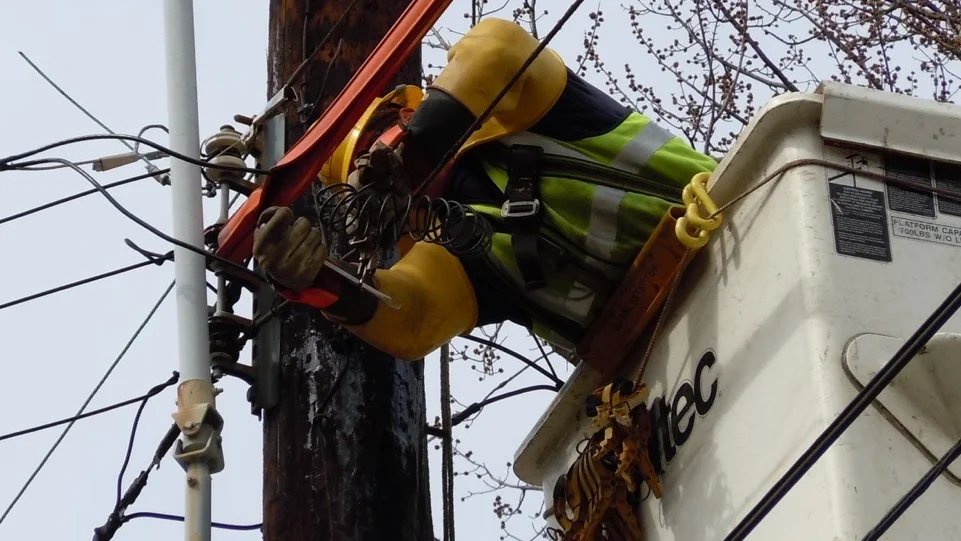pdvWireless Looks to LTE Future to Complement Enterprise LMR Offer
DESCRIPTION
The focus on push-to-talk services tends to center on LTE-enabled technology that is expected to eventually supplant tried-and-true Land Mobile Radio (LMR)/Professional Mobile Radio (PMR). While many in the public safety world debate the suitability of LTE as a Mission Critical Push-to-Talk (MC PTT) alternative, pdvWireless is pursuing regulatory rulings that can help transform enterprise push-to-talk (PTT) functionality. In the meantime, the company offers a robust, feature-rich LMR PTT service focused on vertical markets.
FAST FACTS
Company Origin: Founded in 2004 by former Nextel officials with aim of enhancing iDen push-to-talk services with data applications
Company Location: HQ in New Jersey, Offices in San Diego and Virginia
Size: 50 to 100 employees
Company Type: Public company
Revenue: $4.8 million (2017)
Technology Offer
pdvWireless operates an extensive wireless network dedicated to commercial push-to-talk services offering rugged handsets and vehicle mounted radios for industry verticals such as utilities, transport, distribution, waste management, and others. The Motorola MOTOTRBO radios are rugged devices well-suited to challenging mobile field force applications.
Operational in Seven Major Markets
The commercial network launched in Houston in 2016 and now covers seven major metro areas in the US, including Atlanta, Baltimore/DC, Chicago, Dallas, Houston, New York/New Jersey and Philadelphia. The 900 MHz spectrum band used by pdvWireless enables broad coverage across these metro areas.
In addition to radio services, the company offers DispatchPlus, a cloud-based platform that blends the push-to-talk connectivity with message-based data functions. With DispatchPlus, enterprises can have the ability to monitor worker location, exchange status updates and collaborate between multiple devices. The functionality handles important fleet tracking and field force management use cases. In addition to supporting Motorola MOTOTRBO devices, a DispatchPlus smartphone client is available for enterprise workers better served with smartphone devices operating on one of the cellular networks.
Strategic Moves to Tap LTE
With a nationwide licensed footprint in the 900 MHz band acquired from Sprint's legacy Nextel spectrum holdings, pdvWireless is well positioned to deliver ubiquitous wide-area push-to-talk voice coverage. Current FCC regulations structure the band in 40 pairs of 10 narrowband channels each. Looking to the future, however, pdvWireless is working to gain FCC approval for greater spectrum flexibility. The company and the Enterprise Wireless Alliance (EWA) jointly requested a Petition for Rulemaking that proposes reorganizing the band into a 2x2 Mhz narrowband and a 3x3 Mhz broadband components. This restructuring injects significant new flexibility for flowing IP-based data traffic that enables a broader set of application functionality than is possible with the fragmented narrowband spectrum allocation. The FCC process, however, is lengthy. pdvWireless and EWA filed the petition in November 2014, yet the FCC only just published its Notice of Inquiry in August 2017. The timing of any forthcoming Report and Order is not known.
Analysis
Strengths
pdvWireless holds a nationwide footprint of licenses for the 900 MHz spectrum band. The band provides excellent propagation characteristics.
Support for Motorola MOTOTRBO devices is available in seven major metro markets across the US.
The company's DispatchPlus functionality expands on the push-to-talk capability by delivering GPS location information and status updates.
The company's LTE strategy is aimed at a 3GPP band supported by a wide range of user equipment today (Band Class 8).
Weaknesses
MOTOTRBO deployment is limited to seven major cities. While pdvWireless holds a nationwide licensed footprint for its 900 MHz spectrum, its deployments remain limited to select large cities.
Without the capability to operate LTE in its spectrum, pdvWireless support for data applications is limited to short message status updates. Transfer of richer information content, such as photos or videos, requires a cell plan and a smartphone running DispatchPlus software.
CritComm Perspective
Push to talk voice communications is a simple, but essential requirement for enterprises needing one-to-many voice communications. While government agencies provide dedicated PTT systems in support of police, fire and other governmental functions, the private sector also benefits from mass voice communication across work groups.
With its DispatchPlus offer, pdvWireless provides a Motorola-powered PTT network that operates across seven major metropolitan areas in the US. What makes pdvWireless' offer compelling is a suite of additional cloud-based capabilities that add location tracking and status management for time-sensitive enterprise operations.
Founded by early Nextel visionaries, the company is executing a plan for modernization of the fragmented 900 MHz Land Mobile Radio spectrum band into narrowband and broadband slices. If the FCC agrees, the modernization strategy will unlock additional application possibilities, as LTE will complement the company's land mobile radio offer.
The primary drawback with pdvWireless' service today is the constrained city footprint. Enterprises requiring a unified voice PTT solution will find the lack of coverage in many western US cities too limiting. For these businesses, cellular PTT offers from national operators may be a better match. Nevertheless, enterprises with one-to-many voice communications requirements in pdvWireless' seven markets will find a rugged, feature-rich offer for industrial communications.

